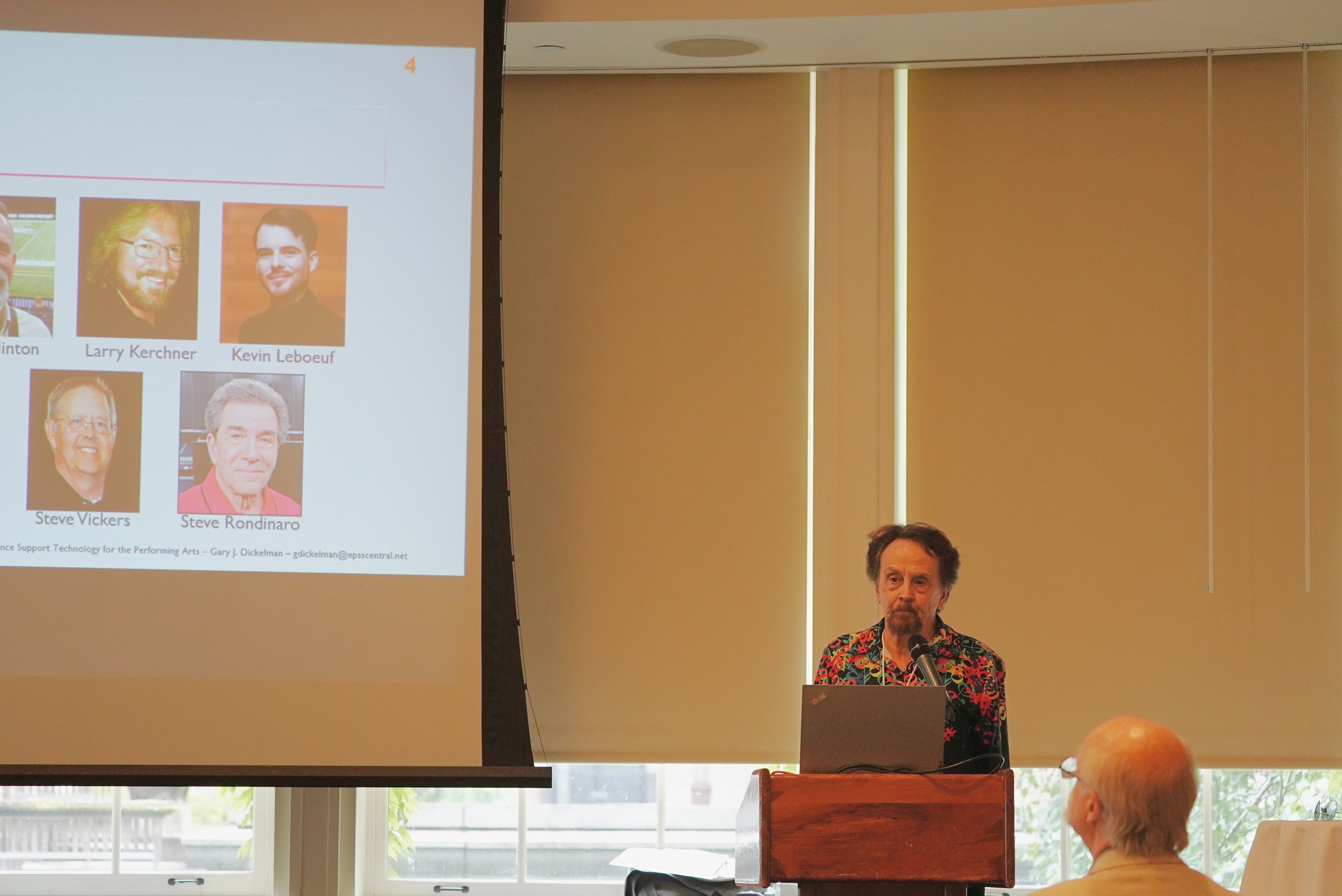The el-AI-phant has entered the room
Back in the Fall of 2022, learning and performance practitioners from around the globe were invited to submit presentation proposals for the 2023 Learning Ideas Conference. At about the same time, the world was taken by storm with ChatGPT and other forms of generative artificial intelligence (AI). While still relatively new to the activities of learning and performance (and everything else), a cadre of the best minds in this space stepped up with new ideas, new research, and startling discoveries that put hopes, fears, and curiosities in perspective.
While the news media is abuzz with apocalyptic fears about where this might lead—like loss of jobs, profound misinformation, and theft of intellectual property—those presenters with experience, solid data, and research outcomes sort of expressed a collective yawn at that notion. We’ve all been here before; the world has been here before. It is best summarized by a quote from the 1940s novel The Fountainhead: “Thousands of years ago, the first man discovered how to make fire. He was probably burned at the stake he had taught his brothers to light. He was considered an evildoer who had dealt with a demon mankind dreaded. But thereafter men had fire to keep them warm, to cook their food, to light their caves. He had left them a gift they had not conceived and he had lifted darkness off the earth.” Other examples? Radio, television, calculators (as they supplanted slide rules), computers, holograms, smart phones; you name it. The cycle has repeated over and over.
Surely there are always unintended consequences of disruptive technologies that appear very scary when we believe that the machine has become sentient. But has it? The jury is still out and the fears are more about what we might imagine than what we actually see. As an example, I conducted my own experiment. I spent about five months on an inquiry with nine seasoned professionals to examine technology’s ever increasing role in the performing arts and what we might learn and apply to workplace performance. I did not use generative AI to write the paper, which was peer-reviewed and accepted for publication. But after my head was filled with generative AI ideas from TLIC2023 I decided to see what ChatGPT would produce if I asked it to write a paper by the same title as my original work.
Superficially the results were startling. Their outlines and factual content were almost identical. Missing, however, were insights and wisdom generated by those seasoned performing arts professionals. I tried a number of different prompts to eek those things out of chatGPT but to no avail. To be sure, if I had used the tool before I wrote the paper it would have saved me a great deal of time in research of facts about advances in illumination, amplification, illusions, synchronization of sound, props, motion, and so much more. But it would not have helped me formulate insight and wisdom from nuanced thinking and collaboration with those great, experienced minds.
My experiment was hardly scientific but nonetheless valuable as an anecdote ripe for further research. Regardless of where generative AI may be heading, I believe it will ultimately settle into our environs as invisible applications that transform, but not destroy, our lives, learnings, development, performance, and businesses as we know them. As Donald Norman and Robert Kozma have written, it is the ethics around maintaining humanity-centeredness in our designs of everyday things that will provide guardrails around that which is now feared. When the first automobiles were introduced their manufacturers were compelled to fashion horse heads on the front of the vehicles so that people would feel more comfortable with the so-called horseless carriages. And when elevators were introduced to high rise buildings in NYC, a conundrum ensued around how inadequate they were in morning and evening rush hours. The solution? Mirrors outside the elevators, not more or faster elevators, so that those waiting had something wonderful to look at (i.e., themselves). In neither case did the fears and concerns stop development and improvement toward the devices being humanity centered.
As Don Norman says, technology doesn’t just change the things around us, it changes us as well. Indeed, we’ll change, adjust, and shake out the disruptions as we always have. There will be those with malicious intent, but I believe the universe is benevolent, and good, humanity centered design will prevail. My instincts come from listening to those deep conceptual thinkers, practitioners, and experimenters who smash barriers for the good. I experienced that at TLIC2023 and for many years prior. I look forward to what happens next with great excitement and confidence, but never fear.
With regard to how we learn and the institutions that serve us in this capacity, they are already changing. But not because of generative AI. That would be standing reality on its head. Rather, we have come to understand how to parse the cognitive domain from the psychomotor and affective domains, to solve performance problems with performance support. Cognition is, after all, distributed, and such realization has begun to transform learning and performance from the traditional classroom model to more open, collaborative, virtual, and individualized protocol. As this transformation has been taking place for some time, generative AI (and related forms of virtual representation, intelligence amplification, etc.) has stepped in to make such solutions even more compelling. That makes it exciting and enticing, not something to be feared.
I hope to see you at TLIC2024 as the next chapters in generative AI for learning, development, and performance reveal themselves.


